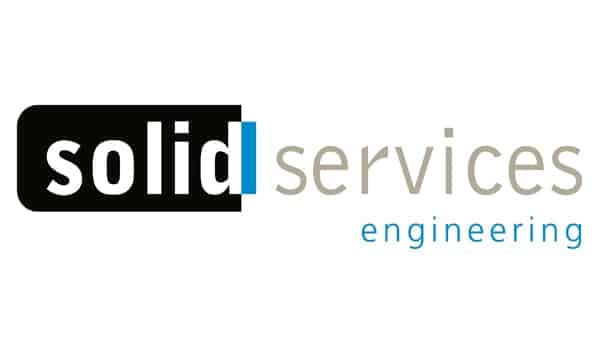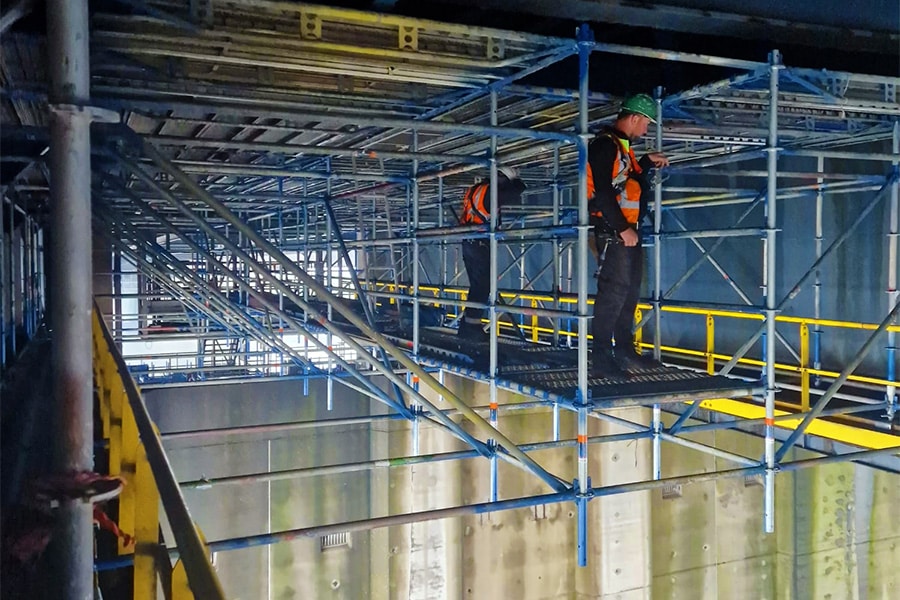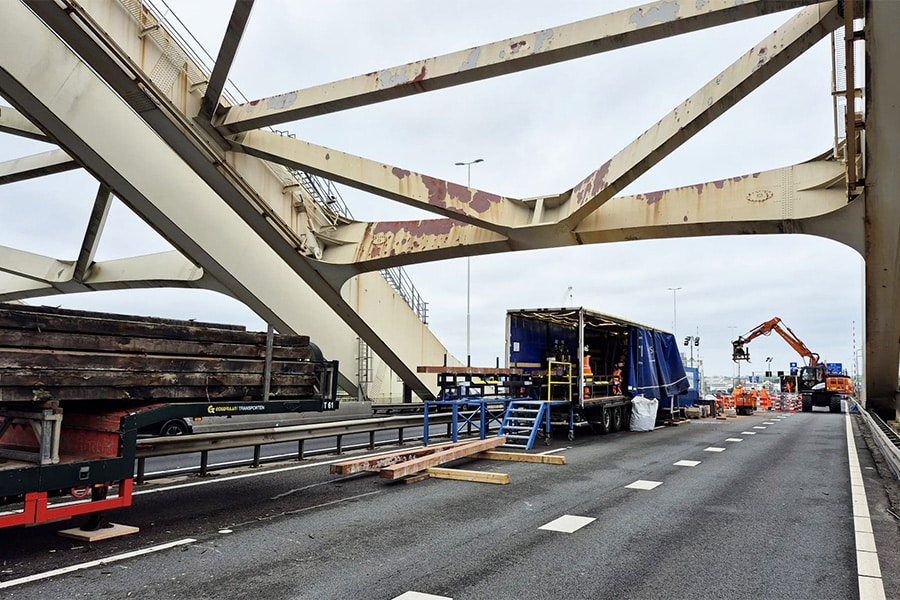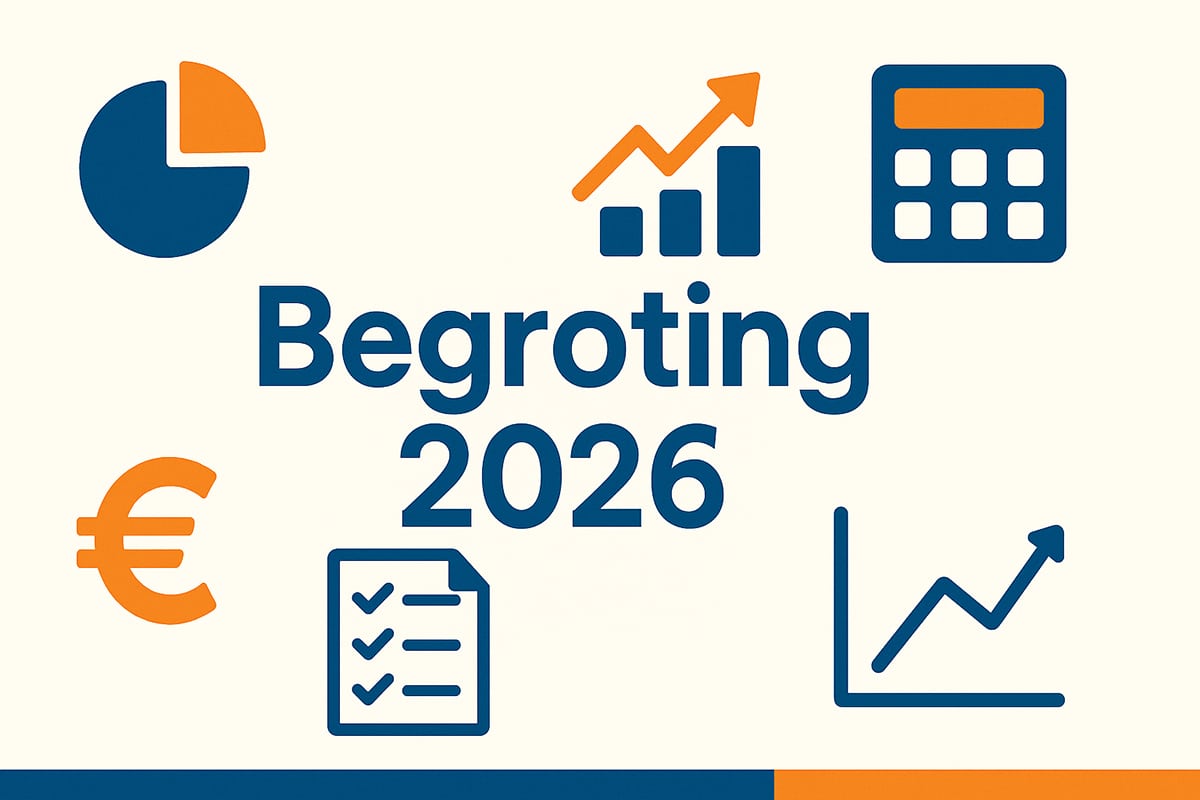
Passion for monumental concrete
Concrete restoration consultant only of its kind
Concrete repair comes in many shapes and sizes. Usually it involves civil or utility works without cultural-historical value or the straightforward repair of structural parts of buildings, such as brackets or floors. How different is the maintenance and restoration of monuments. Here a careful game must be played in which choices are constantly being made. The challenge: finding an optimal balance between constructive safety, technical lifespan and the preservation of the cultural-historical value. In this field Solid Services is the only consultant in concrete restoration recognized by the ERM Foundation.

Foundation ERM (Erkende Restauratiekwaliteit Monumentenzorg) is the knowledge platform in which all parties involved in monument maintenance work together. It also manages assessment and implementation guidelines to keep the quality of restorations at a high level. For concrete restoration advice is URL 2003, for the realization phase historic concrete URL 4005. Solid Services from Udenhout is (for now) the only consultancy firm in the Netherlands allowed to operate ERM-certified and has meanwhile built up a nice portfolio of projects.
Passion
"Our field of work covers just about all forms of concrete," begins Jelle Lecluijze, Technical Director of Solid Services. "The basis is a proper inspection with damage and residual life analysis. From this follows a recommendation for repair and maintenance, which is then articulated in a statement of work for the purpose of a request for proposal or tender. At the moment a work goes into execution, we remain involved as superintendent or quality reviewer. Since 2022 we have been certified for historic concrete, a niche in which I and a number of colleagues share a passion. It is often the special projects that you come across. Large or small, from Zeelandbrug to the rustic bridge at Haarzuilens castle or the concrete ornamental elements of a monumental villa. Every object has its own story and requires a specific approach."

Inventory
Projects are a great way to make working according to the URL 2003 clear, such as the Groothandelsgebouw in Rotterdam. This immense building, 220 meters long, 85 meters wide and 43 meters high, is the symbol of Rotterdam's reconstruction. When it was completed in 1953, it was the largest building in the Netherlands. Lecluijze: "Between 2001 and 2005, the Groothandelsgebouw underwent a thorough restoration, which included concrete repairs and stripping the facades of a preservation system to bring the original concrete structure back into view. In 2021, we were approached to perform an inspection and investigation of falling concrete parts. This involved conducting archival research on value assessment and past maintenance. Damages were also inventoried and underlying damage mechanisms assessed. The value assessment, one of the first steps of the 2003 URL, is very important in this. It is often related to the appearance of the structure, the materials from which it is constructed and/or the construction method. In the case of the relatively young building material concrete, preserved aspects are not always recognized. Particularly with objects that do not, or not yet, have a monumental status, but are worthy of preservation, it is important to be aware of this and, if necessary, to engage the services of a buildings archaeologist. On the basis of the value assessment, combined with a thorough preliminary investigation, it is determined in what way conservation can best take place."
Not just chopping
The advice and restoration plan that Solid Services formulated based on the preliminary investigations is now being implemented under its management. Lecluijze: "With every concrete damage you can run into another decision: how far should I go to preserve the structural quality and leave the original concrete intact? Keep chopping until you come across a load-bearing substrate or non-corroded reinforcement is just not possible. This is where the approach differs significantly from regular repair work and the CUR recommendations for it. In addition, CE-marked repair mortars do not always match in terms of strength, color or texture. You then have to look for other mortar compositions, whose durability properties are not always known in advance. Often this composition is determined by the professional on the scaffold. However, it is better to look for the right composition in advance and assess it aesthetically and certainly technically. The latter is not always done. As a supervisor, we keep a finger on the pulse here."
Brutalism
In addition to the Groot Handelsgebouw, Solid Services has been working for years on the Provinciehuis in 's-Hertogenbosch, also a design by Maaskant. "The brutalism has something special for me," Lecluijze concludes. "Of course you find concrete applications back in other architectural styles, but the involvement in, for example, the buildings of the TU Eindhoven, the unfortunately demolished Don Bosco LTS in Valkenswaard and the striking air guard towers, built according to the castellated construction system, will always stay with me."
Heeft u vragen over dit artikel, project of product?
Neem dan rechtstreeks contact op met Solid Services BV.
 Contact opnemen
Contact opnemen



